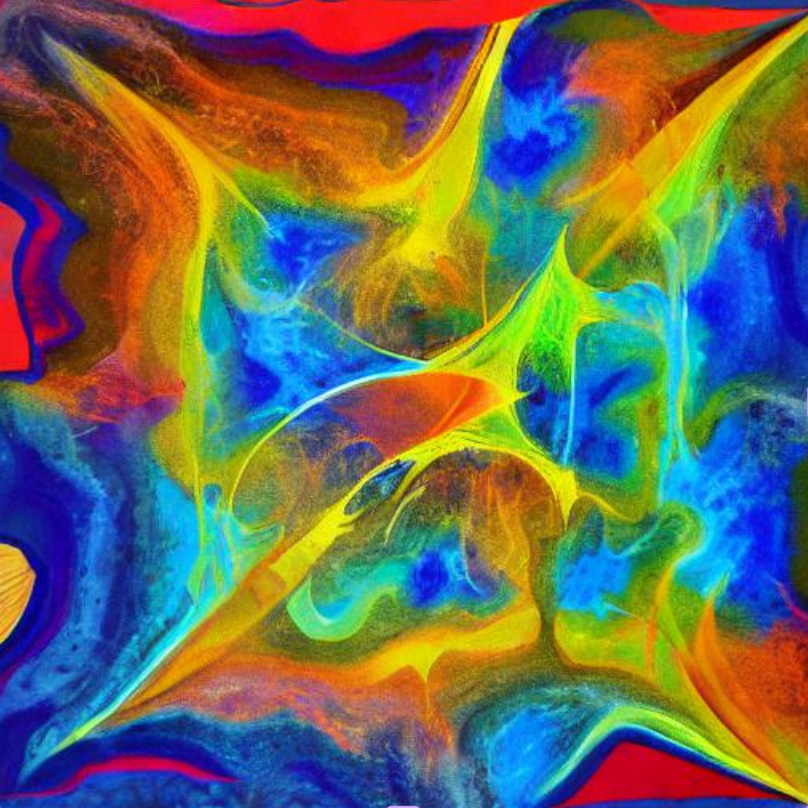
The history of oil painting can be traced back to the 15th century in Northern Europe, specifically in the Netherlands. The technique was first used by painters working in the Netherlands, such as Jan van Eyck, who is credited as one of the first artists to extensively use oil painting. He used the technique to create his famous work “The Arnolfini Wedding” and other religious works.
During the 16th and 17th centuries, oil painting became increasingly popular as a medium for portraiture, landscapes, and still lifes. Artists such as Titian, Rembrandt, and Vermeer all used oil painting to create some of their most famous works. The technique allowed them to create a greater level of realism and detail, and the slow-drying nature of the oils allowed them to make changes and corrections over time.
In the 18th century, the French Academy began to standardize the use of oil painting. They established a hierarchy of genres, with history painting at the top, followed by portrait, genre, and landscape painting. This led to an increased focus on the use of oil painting for historical and mythological subjects, as well as portraiture.
In the 19th century, the invention of new pigments and paint tubes allowed artists to work outside of the studio, and the rise of Impressionism and other movements saw the use of oil painting being used in new and exciting ways. Artists such as Monet and Cézanne used the medium to capture the changing light and atmosphere of the outdoors, while the Post-Impressionists, such as Van Gogh, used bold colors and thick brushstrokes to create emotive works.
In the 20th century, oil painting continued to evolve with many artists experimenting with new forms, techniques and materials. The rise of abstract and conceptual art led to the use of unconventional techniques, such as dripping, pouring and layering of paint, and the incorporation of non-traditional materials like sand, sawdust, and newspaper.
Oil painting remains a popular medium among artists all over the world. Many artists prefer the medium for its versatility and the ability to create a wide range of effects, from smooth and realistic to rough and textured. The medium also allows for a slow drying time, which gives the artist time to make changes and corrections as they paint.